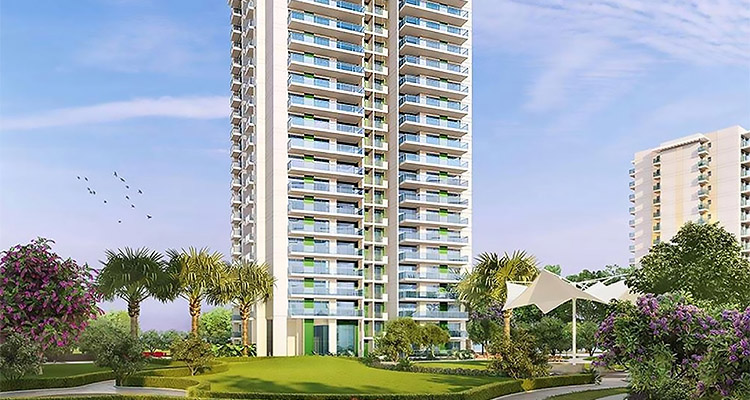
How the construction sector can transition to a circular economy. Rahul Bahl gives a perspective from India
The homebuilding industry today faces a critical challenge: balancing affordability with sustainability. India generates 150 million tons of construction and demolition (C&D) waste annually, yet less than one percent is recycled, compared to 88 percent in the European Union. While C&D Waste Management Rules (2016) exist, their enforcement is inconsistent, leaving private developers with little incentive to adopt circular practices at scale.

Despite these challenges, some Indian cities are making progress. In Delhi-NCR, Ahmedabad, and Pimpri Chinchwad, large-scale C&D waste recycling plants are operational, and government projects are increasingly mandated to use recycled materials. However, incentives for private homebuilders remain weak, and the cost of recycled materials often matches or exceeds that of virgin resources, making large-scale adoption difficult.
How KBE is implementing circular construction in homebuilding
At Krishna Buildestates Pvt. Ltd. (KBE), we are integrating circular economy strategies that make both environmental and financial sense. In projects like Smartworld 1DXP, a premium residential township in Gururgram, and Hero Homes, mid-size housing developments in Gurugram and Mohali, we’ve adopted a closed-loop material system that reduces waste and lowers costs.
Repurposing on-site waste
Instead of sending debris to landfills, excavated soil and construction waste are repurposed within the same site for land grading and backfilling. This reduces transportation and disposal costs while cutting reliance on fresh materials.
Recycling concrete and brick waste
Crushed concrete and brick rubble from demolition and excess materials are reused for internal roads, pathways, and landscaping. We reduce landfill dependency and procurement costs for non-structural elements by processing these materials on-site.
Prefabrication and modular construction
To minimize waste generation at its source, we have adopted precast slabs, walls, and staircases. Aluminum shuttering replaces single-use wooden formwork, allowing for multiple reuses and significantly cutting down timber waste.
These measures don’t just reduce environmental impact – they also provide direct cost benefits. Lower disposal fees, reduced virgin material purchases, and faster construction timelines contribute to long-term affordability for homebuyers.
Why circular homebuilding hasn’t scaled yet
Despite clear benefits, circular homebuilding faces major roadblocks in India:
Recycled materials remain costly: with only a few large-scale C&D waste plants in operation, recycled aggregates and alternative materials are often priced similarly to virgin materials, limiting cost advantages for private developers.
Weak enforcement of regulations: while rules mandate waste processing and reuse in public projects, their implementation in private developments is inconsistent, reducing circularity’s adoption.
Lack of financial incentives: unlike public infrastructure projects, private homebuilders receive few tax breaks or fast-track approvals for using recycled materials, making sustainability a voluntary (and often costly) decision. 
Market demand remains low: homebuyers prioritize affordability over sustainability, meaning developers face little consumer-driven pressure to adopt circular practices.
What needs to change?
For circular home construction to move beyond isolated efforts, several systemic shifts must occur. Expanding financial incentives – such as GST reductions, tax rebates, and approval fast-tracking – for private projects using recycled materials would help bridge the cost gap. Strengthening the enforcement of waste management rules would also push developers to adopt more circular practices.
Additionally, India needs more investment in recycling infrastructure. While Delhi-NCR, Ahmedabad, and Pimpri Chinchwad have made progress, many Tier 2 and Tier 3 cities lack accessible C&D processing plants, limiting material reuse beyond metro regions.
Finally, developers must educate homebuyers about the long-term value of resource-efficient homes – lower maintenance costs, durability, and energy savings – to shift market demand toward sustainability.
The future of homebuilding
At KBE, we remain committed to integrating circular construction where it is both practical and financially viable. The reality is that circularity in homebuilding is still a work in progress, with high costs and weak enforcement slowing its large-scale adoption.
But change is coming. As raw materials and land become scarcer and regulations tighten, the shift toward circular home construction will accelerate. The homebuilders who figure out how to make it profitable today will lead the market tomorrow – and at KBE, we intend to be part of that transformation.
With over 17 years of experience in the construction and real estate industry, Rahul Bahl serves as the Managing Director of Krishna Buildestates Pvt. Ltd. (KBE).